
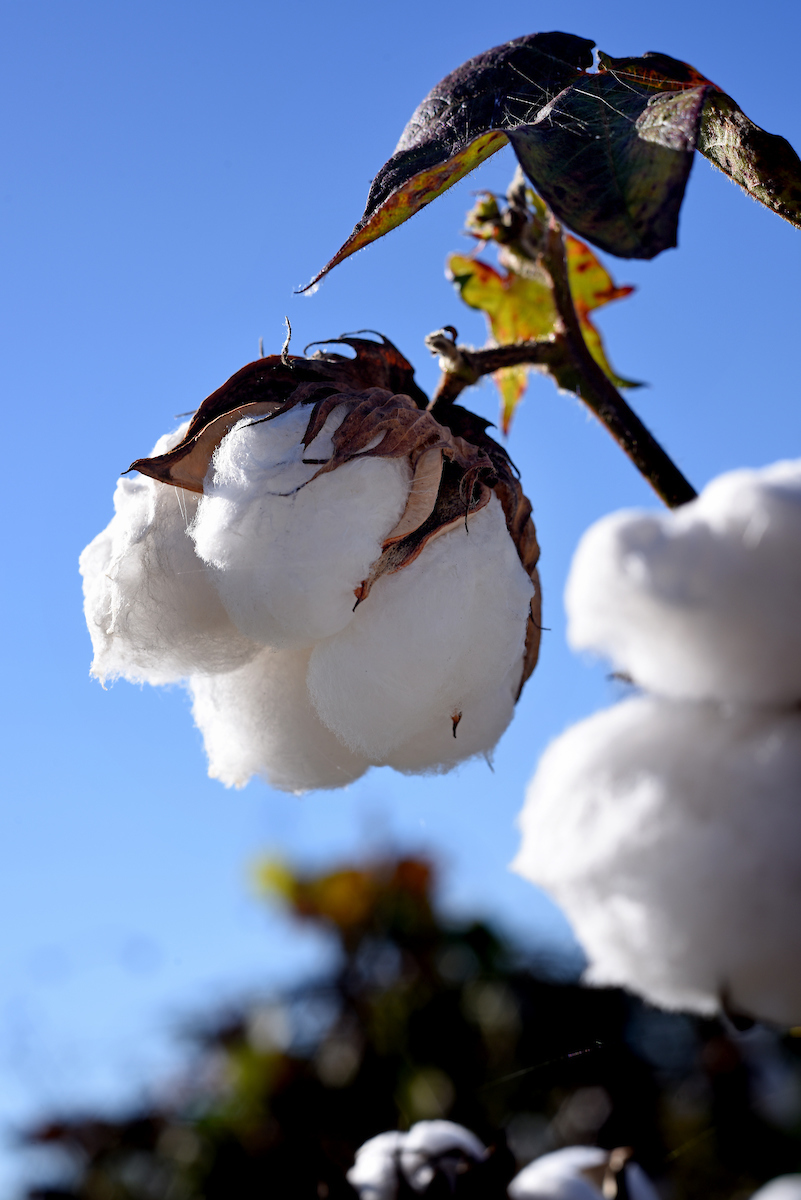
Not all farms grow food. Fiber is another important component of North Carolina’s agricultural economy. Cotton is NC’s fourth-largest cash crop with over a half-million acres grown each year. It’s a high risk, high reward crop. A grower’s success hinges on international markets, weather windows, and other factors that drive planting decisions. NC State Crop and Soil Sciences Extension offers agronomic decision tools to help growers navigate their way to success.
Cotton is often part of a crop rotation or diversified farm plan and is heavily dependent on infrastructure. Proximity to a gin is essential to process the harvested lint and access global markets. Overall, cotton can be expensive to grow, with 25-30% of the total production cost invested at planting, primarily from seed cost.
Seed Speed
New seed varieties are now being replaced about every two to three years with a number of improvements including pest tolerance, leaf shape, fiber quality, and more. This rapid development timeline requires growers to react nimbly and to understand which varieties are best suited to their conditions. No small feat while under pressure from high seed cost and numerous varieties from which to choose.
Weather is the great common denominator in field crops. Cotton has unique limiting factors that can make or break a harvest. Temperatures at planting and soil moisture are the two most critical components to an auspicious start. But cotton’s planting window is narrow, often putting growers on the run from late May crop insurance deadlines.
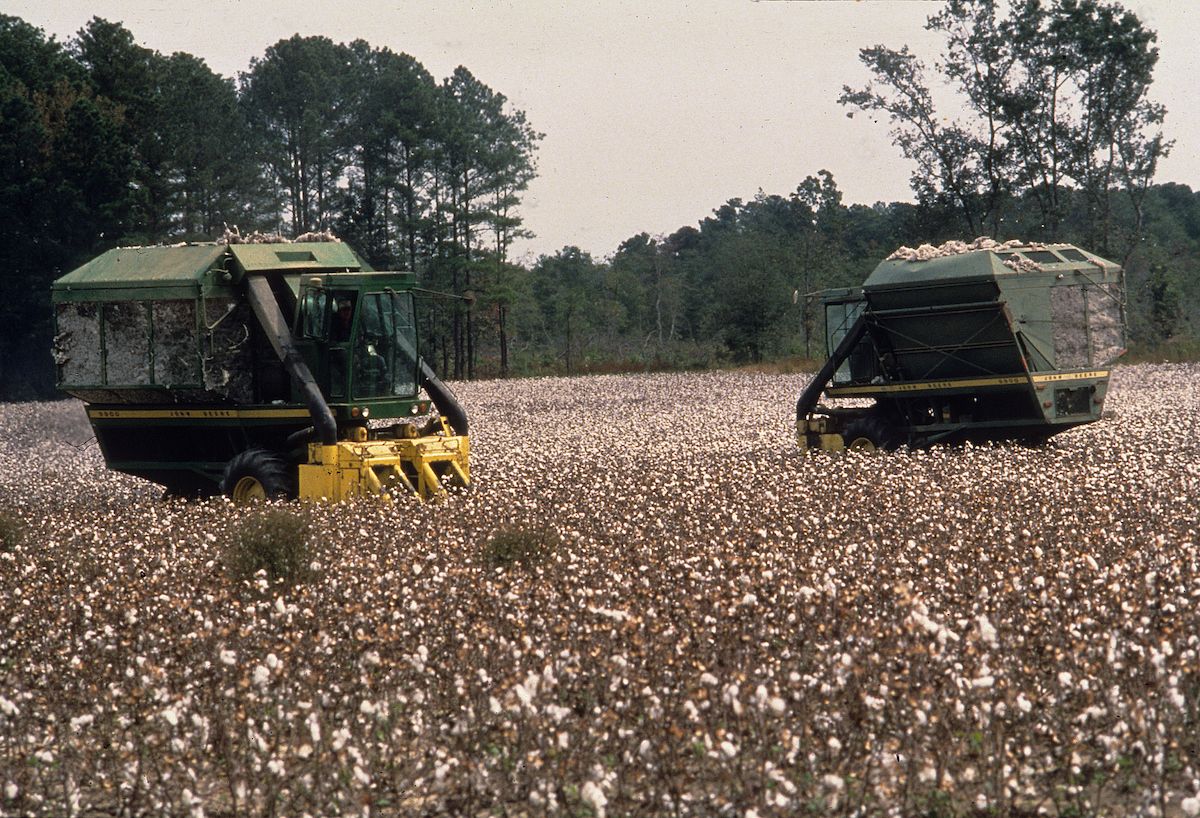
Tools to Tame Tough Choices
NC State’s Cotton Extension Specialists Guy Collins and Keith Edmisten have released two decision tools on the NC State Cotton Extension Portal to help growers maximize outcomes while minimizing agronomic risk. The first decision aid is the Cotton Variety Calculator. “We used to publish variety tables for growers, but they could only sort columns. We felt we could make it more powerful – more meaningful to our growers,” Edmisten said.
Within the online decision tool, growers can select which trials to include, their region, soil type, yield environment, and more. The goal is to determine which variety provides the highest yield with the desired fiber qualities (thickness, length, strength, color, etc.). “It really simplifies decisions for growers, allowing them to customize how they make variety comparisons, based on selection criteria of their choosing,” Collins said. Small plot official variety trials (OVT) and on-farm trial data are added to the background database annually. Up to date data from a broad range of environments is critical when seed varieties are short-lived.
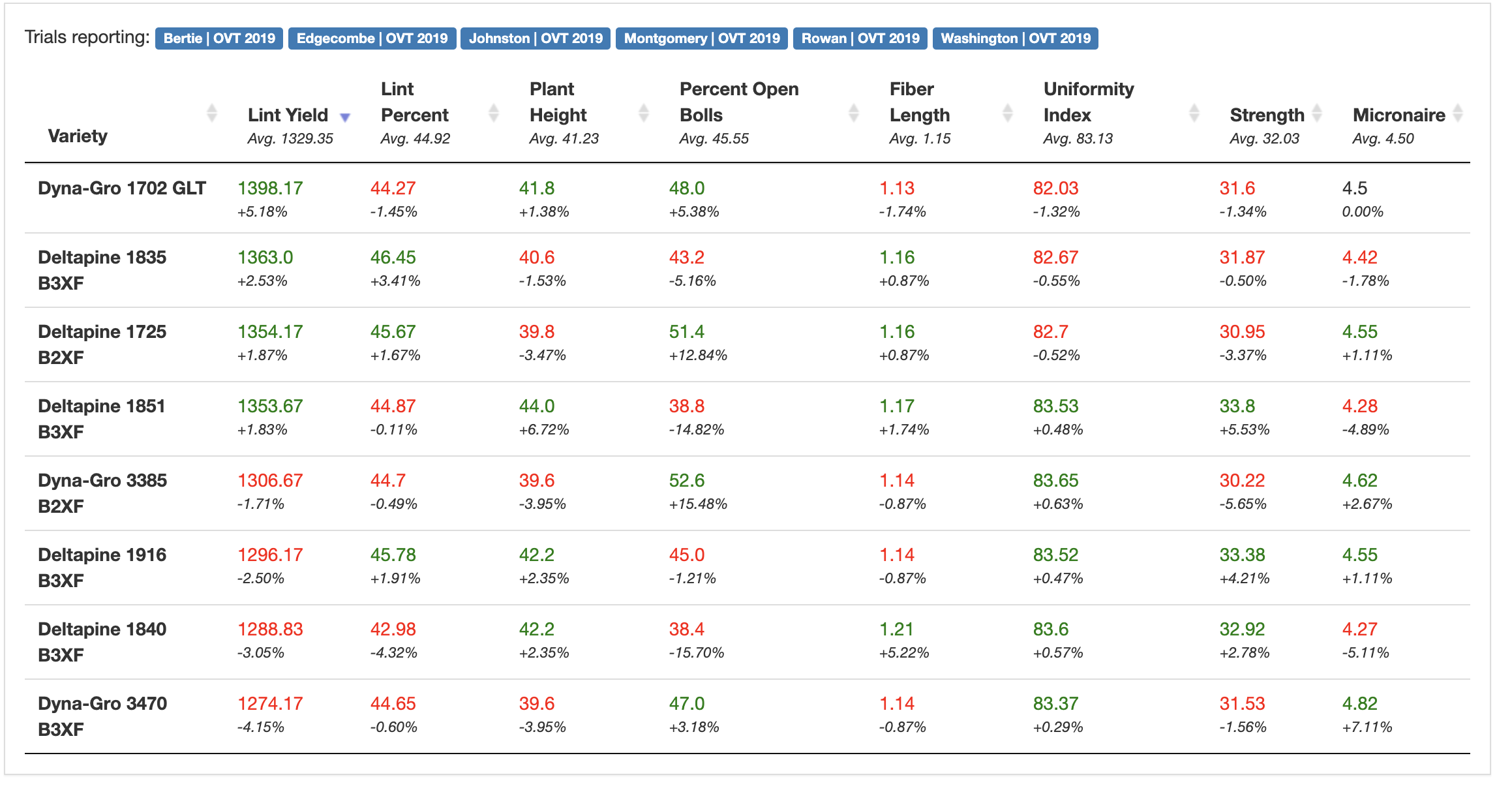
Proof Is In Performance
Andrew Burleson farms 4,400 acres in Stanly County, a large portion of which is cotton. “[The variety decision tool] is very helpful to see how a variety performs across many conditions,” he said. Burleson has been using the variety selector since its release. “The tool helps us make decisions based on what performed well. We may plant six to eight varieties per year with different maturities or biotechnologies. Some varieties we may test on small acreage to see how they perform on our land. We can’t test them all though, so it does influence our decisions.”
Conditional Advice
The second decision tool is the Cotton Planting Condition Calculator. “We used to just look at the weather forecast – how many 60 degree days predicted ten days out. But things change so rapidly and vary by location. So we asked ourselves if we could make an interactive map,” Edmisten said.
The current tool overlays the National Weather Service data with a Google Earth image. Growers can select their general area on the map or zoom in to their particular farm or field for more precise local predictions. The tool utilizes weather forecasts to calculate a five-day rating for planting conditions using the average high and low temperatures calculation (growing degree days) which foretell seedling growth. “It predicts if planting under current conditions will be successful,” Collins said. The tool displays a color-coded scale for planting conditions in the coming days: very good (green) to very poor (red).
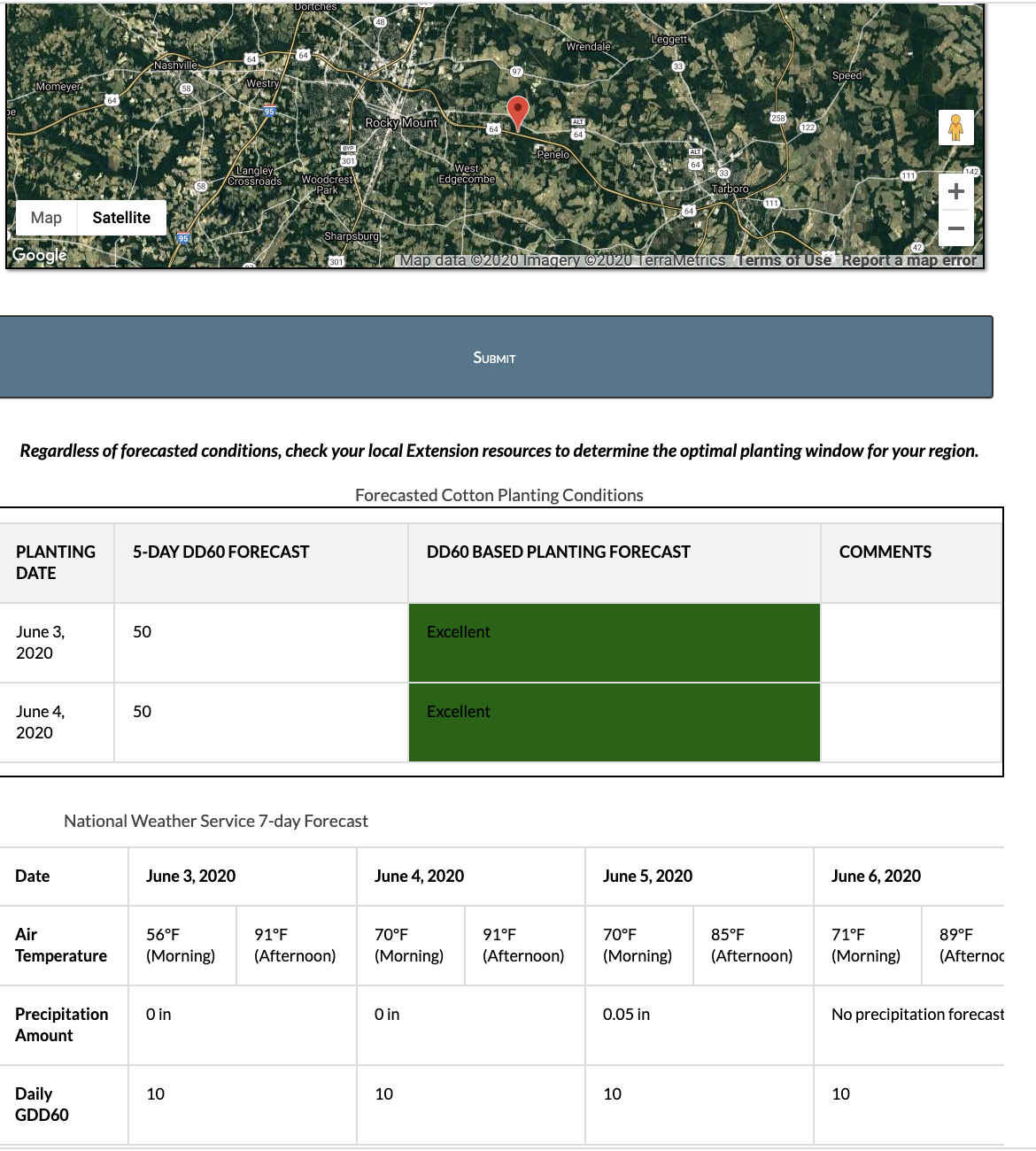
“If growers have to plant and the conditions are rated as adequate or marginal, we hope to influence their planting practices in seed selection, evaluating seed quality, especially cool germination, or influencing planting depth. If a grower follows the recommendations it can reduce the frequency or necessity to replant. It really improves their chances of doing it right the first time,” Collins noted.
“If someone asked me to pick a date on the calendar to plant, I’d say May 1 to May 15. But the calculator gives us warnings about low nighttime temperatures. I may hold off planting then. I look at [the planting conditions tool] really closely and try to plant in the best conditions possible. It wraps up a lot of information as a quick visual tool.” Burleson said.

Research Reprieve
Cotton Extension (and growers) breathed a sigh of relief recently. Word has spread that research trials will happen this year, albeit on a smaller scale. But growers will have new information to glean from the decision tools next year. “We’re always adjusting and modifying [the tools] to improve any weaknesses,” Edmisten said. “We want these tools to be simple but valuable, and we’re always making adjustments. Just this year, we added a DD-60 calculator to the planting conditions calculator which is now being used nationally by growers in the Midsouth, Texas, and California,” Collins concluded.
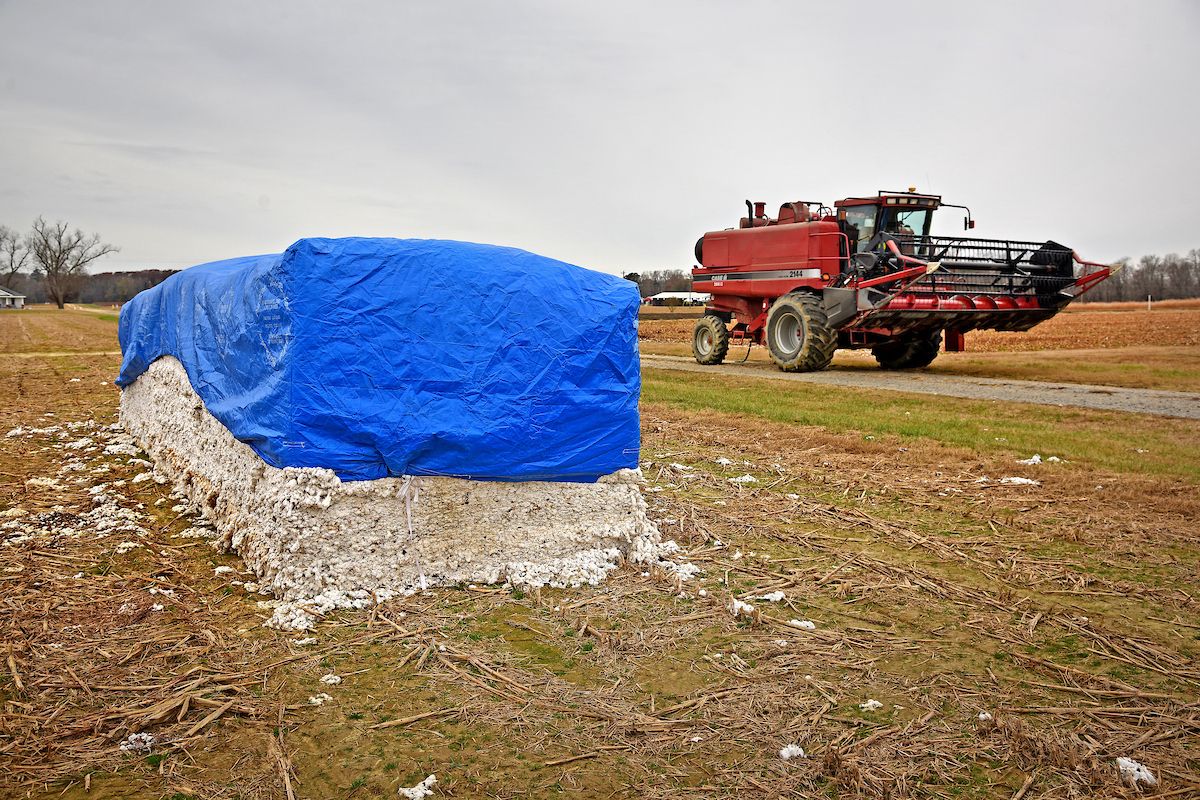
Want More Decision Support?
Other NC State Cotton Extension support is available through the Cotton Extension Portal, email updates, and field days. The summer in-person field days are canceled for now but may be held virtually or on a small scale at the county level. For the latest information on cotton resources, please check the Cotton Extension Portal.
Research moves fast. Keep current with our department’s complete roster of crop and soil research through our Friends of Crop & Soil Sciences weekly newsletter.
If you are a student interested in field crops (or know someone who is), learn about our multiple degree programs or sign up for an email exploration of our department’s undergraduate studies. We are growing the future.